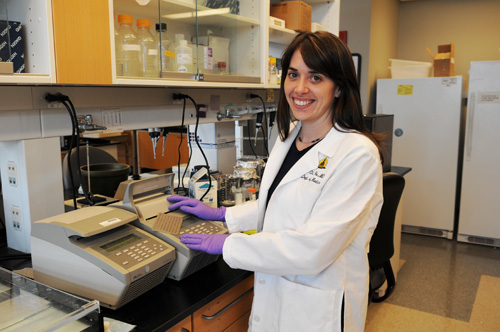Stem Cell Transplants and the CCR5 Mutation
By Jeffrey Laurence, M.D.
Research Question
Two cases of HIV cure have resulted from stem cell transplants, and in both cases the cells from the donor contained the CCR5-delta32 genetic mutation that confers resistance to HIV. By contrast, there have been several recent case reports describing HIV-positive cancer patients who underwent stem cell transplants using donor cells that did not contain mutations in CCR5, the HIV co-receptor. Following a planned interruption of their antiretroviral therapy (ART), all have experienced viral rebound. But the reservoirs for that rebounding virus have not been clearly defined.

Findings
In this study Dr. Christine Durand of Johns Hopkins Medicine and colleagues described the case of a person living with HIV who underwent a transplant without the CCR5 genetic mutation in an attempt to cure an acute leukemia. ART was stopped after more than 99.5% of the person’s blood cells were replaced by donor cells.
Signs of an acute HIV infection, including meningitis, developed nine days later with virus evident in the blood and spinal fluid. Rebounding virus matched HIV sequences found in the person’s memory CD4+ T cells prior to transplant.
Although the results are not definitive—extracting cells from the brain for study purposes is not possible—the researchers speculate that virus in the brain could also have served as a reservoir for latent virus.
Impact
The authors concluded that interruption of ART after a stem cell transplant using donor cells lacking the CCR5 mutation can lead to serious, acute complications from viral rebound, which may be due to the lack of HIV immunity in the transplanted donor cells. In addition, the source of rebounding virus may be the CD4+ T cell memory compartment.
amfAR’s Role
amfAR was a funder of this research.
Original Article
http://www.ncbi.nlm.nih.gov/pubmed/34753870
Dr. Laurence is amfAR’s senior scientific consultant.
Share This:
